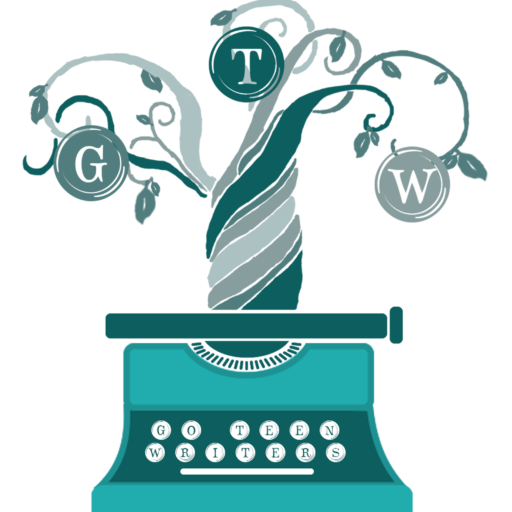We all have them, even if we haven’t officially listed them anywhere. I first came across the idea of making a list of my personal writing rules in the June 2017 issue of the Romance Writers Report in an article by Katharine Ashe. Her article was specific to the rules she’s developed for herself as a romance writer, but the concept applies to anyone who has been writing for a bit.
“Personal writing rules” refers to the truths you’ve learned about you as a writer, the stories you like to tell, and your methodology for making the magic happen. If the word “rule” skeeves you out, think of them as guidelines or truths.
A quick example is something like, “I’m a plotter.” When writers make that statement, it’s a short way of saying something like, “I have learned that plotting my stories is important to me and the quality of my work.”
For many of us, we begin with a rule like, “Writing matters to me. I make time for it.” If you’re early in your journey, this might be a rule that you repeat to yourself regularly. It might be the only rule you have so far, and that’s okay! Depending on your upbringing and current environment, this might be one of the biggest hurdles you ever cross as a writer.
“I write every day.” This is one that Lydia Howe can claim. That’s a practice that has brought her joy and discipline over the years. For other writers, that kind of rule feels like a noose.
“I edit as I write.” Many writers, like me, prefer to plow as quickly as they can through the first draft and then spend more time in edits. That doesn’t work for Roseanna M. White, however. She learned that she works better if she edits as she goes, regardless of the frequently repeated advice about how valuable bad first drafts are.
“Pretty writing matters to me.” Beautiful prose is something that brings joy to Shannon Dittemore, and it influences her writing voice. If she focused just on being efficient with her words, she would lose a lot of what she loves about storytelling.
“My first drafts are private.” This is really important to me, and it gives me the freedom to get the story on the page. It’s a rule I had to develop so that I could be messy without fear. Nobody sees my manuscripts until I’ve edited them at least once.
I see several valuable reasons for writing down your rules, and I’m sure there are others.
1. Writing them down creates a good reminder. Same as writing down your goals instead of just storing them in your head. Sometimes we need reminders of what’s important to us and who we are. So when you come across a blog post by a know-it-all writing teacher who says the very best way to write a book is to write a bad first draft (which I probably said in the early Go Teen Writers days when I was much more fond of the words “always” and “never”) you can shrug it off and say, “Yeah, that’s not what I’ve learned about myself. I’ve learned I edit as I write, and that’s okay.”
2. You can see how they serve or contradict your writing goals. When you put your rules side-by-side with your vision of where you want to go with writing, they can provide some great clarity.
Like if one of your goals is to publish your novel next fall, then a rule like, “I write every day” serves that well. If, however, one of your writing rules is, “I write when I feel like writing,” you’ll see how those contradict each other. Writing when you feel like it is great for joy, but not so great for deadlines.
3. You’ll be able to watch yourself evolve. One of my personal writing rules in high school was that I didn’t plot. I had tried several times and it just didn’t work for me. I was a pantser.
In my early twenties, I took a class from Angela Hunt, a bestselling author who had been a professional for twenty years at that point. She said, “I like to try one new thing with each book I write.” I loved her teachable spirit, and I embraced the rule for myself.
That new rule invited me to give plotting another try. With my deeper understanding of story structure, I found that I understood how to plot much better than I had in high school, and that there were some methods that worked for me.
Personal writing rules are meant to be tools to empower us, not chains that keep us from growing or trying new things.
Next Monday we’ll look at our writing goals and rules, and we’ll brainstorm ways we can take action on them. I love making lists and dreaming, but if we don’t get some actionable items on our calendar, then these exercises aren’t very useful!



